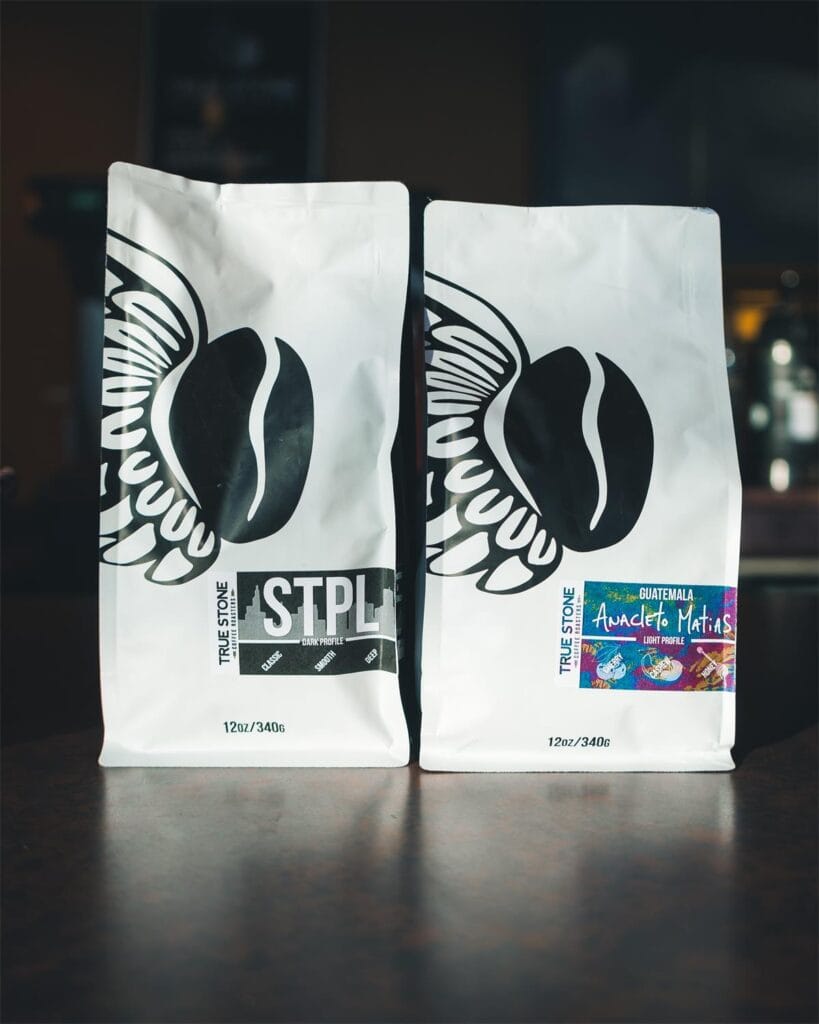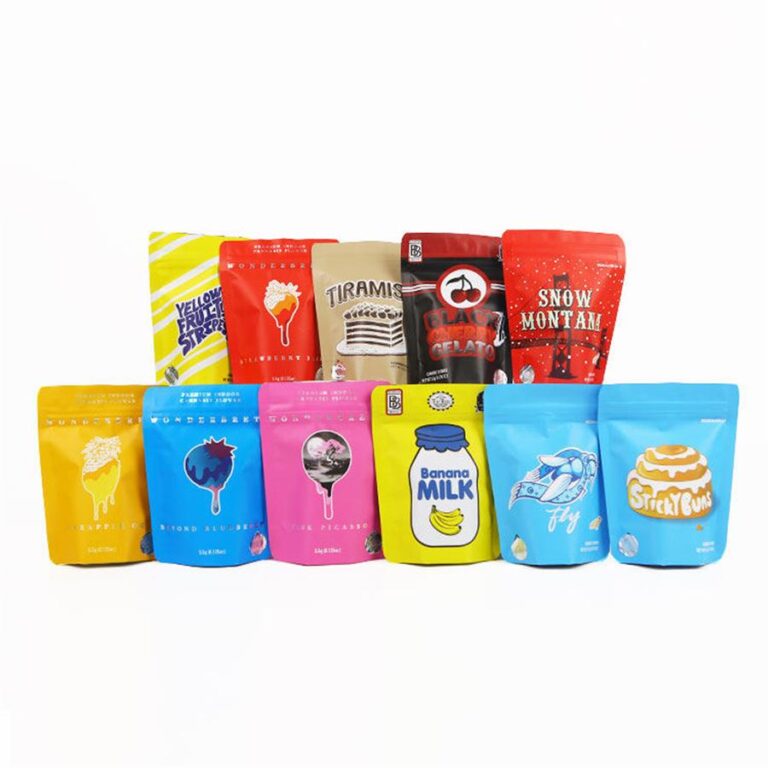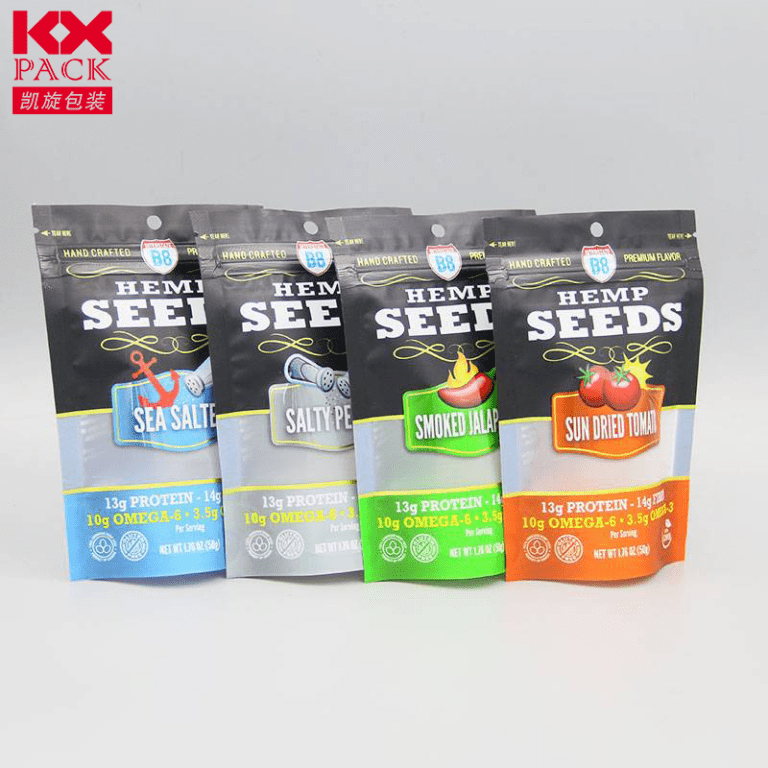Hügieenistandardid ja toiduohutus toidupakendite kottides
Hügieenistandardid ja toiduohutus toidupakendite kottides
Sissejuhatus:
Kõrgete hügieenistandardite säilitamine ja toiduohutuse tagamine on toidupakekottide valmistamisel ja kasutamisel esmatähtis. Saastumine ja ebaõige käitlemine võivad tarbijatele põhjustada tõsiseid terviseriske. This article delves into the importance of hygiene standards in food packaging bags and explores the measures and practices that must be implemented to uphold food safety throughout the packaging process.

- The significance of hygiene in food packaging bags:
a. Contamination risks: Highlighting the potential sources of contamination, including microbial, chemical, and physical hazards, during the production, ladustamine, and transportation of food packaging.
b. Consumer health implications: Discussing the health risks associated with consuming food that has been packaged in unhygienic conditions, such as foodborne illnesses, allergic reactions, or chemical contamination.
c. Regulatory requirements: Addressing the various national and international regulations and standards that govern food packaging hygiene, including the FDA’s Current Good Manufacturing Practices (cGMP) and the ISO 22000 standardid. - Hygiene practices in food packaging bag production:
a. Facility cleanliness: Highlighting the importance of maintaining clean and sanitized production facilities, including regular cleaning schedules, proper waste management, and pest control.
b. Personal hygiene: Discussing the need for personnel handling food packaging bags to adhere to strict hygiene practices, such as wearing appropriate protective clothing, regularly washing hands, and undergoing health screenings.
c. Equipment cleanliness: Ensuring that production machinery, utensils, and tools used in food packaging bag production are cleaned and sanitized regularly to prevent cross-contamination.
d. Quality control measures: Implementing quality control procedures, such as product testing, microbial monitoring, and visual inspection, to identify any contamination risks during production. - Packaging materials and food safety:
a. Material selection: Exploring the importance of choosing food-grade packaging materials that are safe, non-toxic, and resistant to microbial growth.
b. Migration and leaching: Addressing the potential risk of migration and leaching of harmful substances from the packaging material into the food, and the need for proper testing and compliance with food contact regulations.
c. Barjääri omadused: Ensuring that packaging materials possess effective barrier properties, such as moisture resistance, oxygen impermeability, and light protection, to preserve food quality and prevent spoilage.
d. Packaging integrity and functionality: Emphasizing the significance of maintaining packaging integrity through proper sealing, closure systems, and tamper-evident features to prevent contamination and ensure product safety. - Good manufacturing practices and quality assurance:
a. Standard operating procedures (SOPs): Developing and implementing SOPs for all aspects of food packaging bag production, including hygiene practices, equipment maintenance, and quality control.
b. Training and education: Providing comprehensive training programs for employees to ensure their understanding of hygiene protocols, food safety risks, and their role in upholding standards.
c. Traceability and product recall: Establishing systems for traceability, from raw materials to finished products, to facilitate effective product recall in the event of contamination or safety concerns.
d. Continuous improvement and audits: Conducting regular hygiene audits, internal and third-party inspections, and ongoing improvement initiatives to identify and rectify any potential hygiene gaps or non-compliance issues.

Järeldus:
Maintaining high hygiene standards and ensuring food safety is a paramount responsibility in food packaging bag production. By implementing proper hygiene practices, selecting safe packaging materials, and adhering to regulatory requirements, manufacturers can minimize the risk of contamination and protect the health of consumers. Continuous monitoring, training, and adherence to good manufacturing practices will contribute to the production and use of food packaging bags that meet stringent hygiene standards and promote food safety throughout the supply chain.
võtke ühendust meie toiduainete pakendamise asjatundjatega






